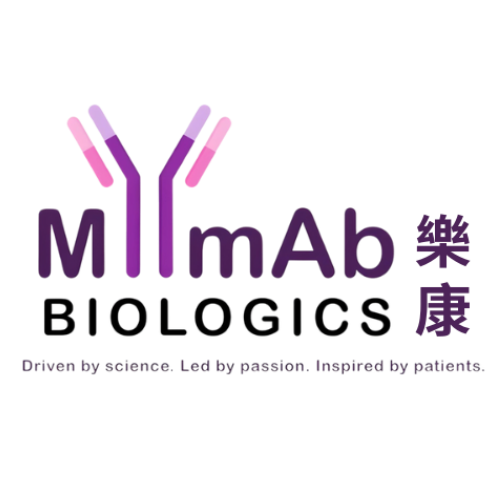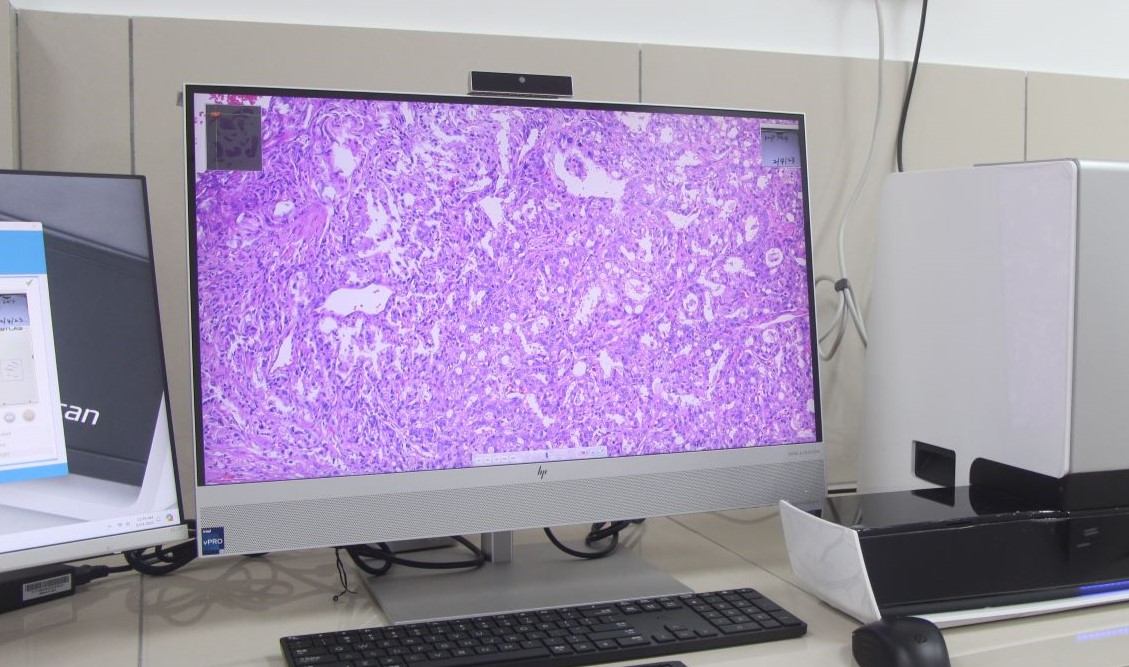Digital Pathology – An Advanced Way to Preserve Your Research Outcome
In today’s rapidly evolving world of medical and scientific research, digital pathology has emerged as a cutting-edge solution that revolutionises the way pathologists and researchers approach diagnostics and data preservation. Whether you are conducting cancer research, clinical trials, or any histopathological study, digital pathology is transforming the way we see, store, and share medical slides. In this blog, we’ll walk through the fundamentals of digital pathology, its applications, and how it can be the key to preserving and enhancing your research outcomes.
What is Digital Pathology?
At its core, digital pathology refers to the digitisation of glass slides containing biological tissue samples. It involves scanning these slides into high-resolution digital images. These images can be analysed, stored, and shared electronically, offering immense flexibility and accessibility.
Digital pathology companies utilise advanced scanners and software to convert glass slides into digital formats, ensuring accuracy, precision, and ease of access. The adoption of a pathology slide scanning service can significantly enhance research workflows by reducing manual processes and creating a permanent, digital record of the sample.
What is the Purpose of Digitalisation in Pathology?
The revolution began in the early 2000s when technology companies started developing high-resolution scanners for digital pathology companies. Since then, continuous innovations have made digital pathology a mainstream practice in medical research and diagnostics.
Digitalisation in pathology was driven by the need for efficiency, precision, and global collaboration. Traditionally, pathologists and researchers relied heavily on physical slides that could degrade over time, be damaged, or become difficult to access from remote locations. The purpose of digitising pathology is to overcome these limitations by enabling:
- Enhanced Collaboration: Digital pathology allows pathologists and researchers to easily share slides and collaborate across the world in real-time.
- Data Preservation: High-resolution digital slides preserve the quality of the sample, enabling long-term archiving without worrying about physical degradation.
- Increased Efficiency: Automated slide scanning and software-driven analysis improve the speed of diagnostics and research outcomes.
What is the Difference Between Traditional Pathology and Digital Pathology?
In traditional pathology, pathologists use a microscope to observe physical slides of H&E (Hematoxylin and Eosin) or IHC (Immunohistochemistry) stained tissue samples, which requires physical handling and in-person analysis. Digital pathology, on the other hand, uses whole-slide imaging (WSI) technology to capture high-resolution digital images of the same stained tissue slides. These images can then be viewed on a computer, shared with colleagues, or analysed using specialised software.
Benefits of Digital Pathology Over Traditional Pathology
- Remote Access: With digital pathology, you no longer need to be physically present in the lab to view a slide. Digital slides can be accessed from anywhere, promoting telepathology and remote consultations.
- Data Storage and Security: Traditional slides are prone to physical damage, such as fading or breakage. Digital pathology ensures the sample is stored in a secure, digital format, preventing any physical degradation.
- Improved Accuracy: Digital pathology systems can integrate AI and machine learning algorithms for automated image analysis, potentially improving diagnostic accuracy and reducing human error.
What are the Applications of Digital Pathology in Translational Research?
Digital pathology plays an increasingly pivotal role in translational research, the process of turning scientific discoveries into real-world medical treatments. Here are some ways it supports researchers:
- Biomarker Discovery: Researchers can analyse digital slides to identify potential biomarkers for diseases, speeding up the process of developing new diagnostic tools and therapies.
- Cancer Research: Digital pathology is widely used in cancer research, enabling precise tumour analysis, quantification, and tracking of cellular changes over time.
- Drug Development: Pharmaceutical companies often use digital pathology to evaluate tissue samples in preclinical studies, helping to better understand how a drug interacts with specific tissues.
- Clinical Trials: Digital pathology enables quick and accurate analysis of tissue samples, providing critical data that can expedite the progression of clinical trials.
Conclusion
As we’ve discussed, digital pathology offers an innovative, efficient, and reliable way to manage and analyse your research outcomes. From enhanced collaboration and accuracy to long-term preservation, the benefits are clear.
At MYmAb Biologics, we understand the importance of precision and speed in research. That’s why we offer high-resolution and affordable pathology slide scanning services to researchers worldwide. Our state-of-the-art technology ensures your slides are digitised with the highest quality, enabling you to focus on what matters most—your research. Whether you’re working on cancer research or other histopathology studies, we’re here to support you.
Reach out to us today to learn more about how our digital pathology services can take your research to the next level!

